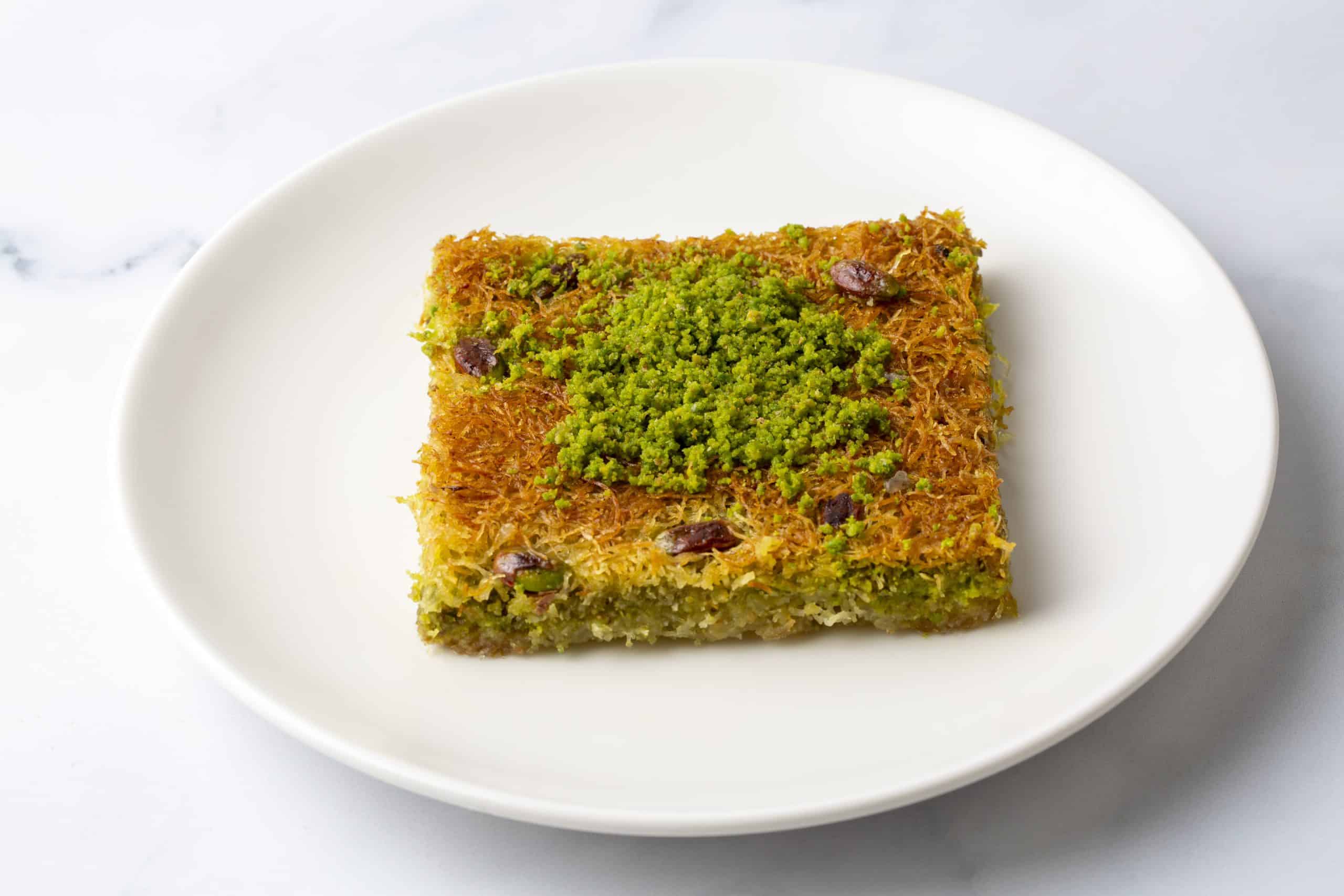What’s the Method for a Creamy Danish Smørrebrød with Pickled Herring?

In the world of open-faced sandwiches, the Danish Smørrebrød stands out as an exemplar of flavor, texture, and aesthetic appeal. Originating from Danish provinces, the Smørrebrød has found its way into the hearts of food enthusiasts worldwide. Today, you will learn the method for creating a creamy Danish Smørrebrød topped with the tangy delight of pickled herring. This dish is not just a meal, but a culinary experience, promising a feast for your senses.
In this article, we aim to elaborate on this unique recipe in detail, guiding you through each step of the process. You will discover the ingredients you require, the preparation of each component, and how to assemble this dish for the best possible experience.
Lire également : How Can You Create a Flavorful Lebanese Shawarma with an Array of Accompaniments?
Choosing Your Ingredients
The cornerstone of a good Smørrebrød is in the choice of ingredients. The quality and freshness of your ingredients can significantly impact the flavor profile of your dish.
The sandwich base for a Smørrebrød is typically a slice of dense, dark rye bread; a bread type known for its hearty flavor that stands up well to the other robust elements of the dish. The creamy element comes from either fresh cream cheese or a specially made Danish remoulade.
En parallèle : Can You Make a Traditional Polish Bigos with Smoked Sausage and Sauerkraut?
The star of the show is, without a doubt, the pickled herring. Herring, a small, oily fish, is a staple in Scandinavian cuisine. When pickled, it provides an acidic tang that cuts through the creaminess of the other ingredients, offering a balance of flavors.
In addition to these essentials, you’ll need some fresh herbs and vegetables for garnishing. Consider dill, cucumber slices, and radish for an added crunch and freshness.
Preparing Your Ingredients
Once you have gathered your ingredients, the next step is to prepare each component for the final assembly. Here, we focus on each step, ensuring you understand the method involved.
Start with the herring. If you can source it, go for a pre-pickled herring for convenience. However, if you prefer a homemade touch, you can pickle your own. To do this, you would soak fresh herring fillets in a mixture of vinegar, sugar, salt and spices like allspice and mustard seeds. The pickling process takes at least 24 hours, so ensure you prepare this in advance.
Next, prepare the creamy element. If you opt for a Danish remoulade, you could find it in specialty stores or make your own by combining mayonnaise, mustard, turmeric, pickles, and capers.
Finally, slice the rye bread, ensuring it is thick enough to support the toppings without becoming soggy.
Assembling the Smørrebrød
The assembly of the Smørrebrød is where your creativity can shine. While there are traditional ways of assembling this Danish dish, you are free to arrange the components in a way that pleases your eye.
Start by spreading a generous layer of the creamy element on the rye bread. This forms a barrier that prevents the bread from soaking up the pickling juices and becoming soggy.
Drape the pickled herring slices on top of the cream layer. Depending on the size of your bread, one to three slices should suffice.
Garnish the sandwich with your chosen fresh elements. A sprig of dill, a couple of cucumber slices, and some thinly sliced radish would do the trick.
Serving Your Creations
Once your Smørrebrød are assembled, they are ready to serve. These open-faced sandwiches are typically served chilled, enhancing the refreshing qualities of the pickled herring and fresh garnishes.
The Smørrebrød is more than just a sandwich; it is a piece of edible art, a reflection of Danish culture and cuisine. Every bite delivers an explosion of flavors, from the tangy pickled herring to the creamy remoulade or cream cheese, all brought together by the dense, hearty rye bread.
One of the beauties of the Smørrebrød is its versatility. While we have focused on a version with pickled herring, you can replace this with a variety of other toppings, such as roast beef, shrimp, or even cheese, transforming your Smørrebrød into a different taste adventure each time.
This process may seem elaborate, but it’s all in the name of creating an authentic, flavorful culinary experience. So, don your apron, gather your ingredients, and get ready to create your own Danish Smørrebrød.
Pairing the Smørrebrød
Now that you have assembled your masterpiece, it’s time to elevate this meal further by considering how to pair it. A traditional Danish Smørrebrød is commonly paired with some form of beverage, be it alcoholic or non-alcoholic.
In Denmark, Smørrebrød is often accompanied by a glass of cold beer, specifically a traditional Danish lager. The crisp, refreshing taste of the lager complements the tangy and creamy flavors of the Smørrebrød, providing a perfect balance. Additionally, a shot of aquavit, a Scandinavian spirit, can also be enjoyed on the side. With its strong, herbal notes, aquavit complements the bold flavors of the pickled herring and remoulade, enhancing the overall dining experience.
If you prefer a non-alcoholic pairing, consider a fizzy elderflower or rhubarb drink. Both are popular in Denmark and their crisp, fruity, and slightly tart flavors make for a refreshing match with the Smørrebrød. Remember that pairing is all about balance – you want a beverage that can stand up to the bold flavors of the Smørrebrød, but not overpower it.
Final Thoughts and Conclusion
In the end, creating a Danish Smørrebrød with pickled herring is all about honoring tradition while infusing personal creativity. From selecting quality ingredients to carefully assembling the sandwich and finding the perfect beverage pairing, each step is an integral part of the process that leads to the creation of this iconic Danish dish.
This Smørrebrød recipe is more than just a method to prepare food – it’s a culinary journey that allows you to experience Danish culture and tradition from the comfort of your kitchen. It is a dish that invites exploration and experimentation, encouraging you to adapt and tweak the recipe based on your personal preferences or what you have on hand.
Ultimately, the joy of making Smørrebrød lies in the process itself and the sensory delight that ensues. Whether you are a seasoned cook or a novice in the kitchen, this Danish Smørrebrød recipe is sure to provide a rewarding culinary experience. So, let’s embark on this exciting culinary adventure and bring a piece of Denmark into our homes.
